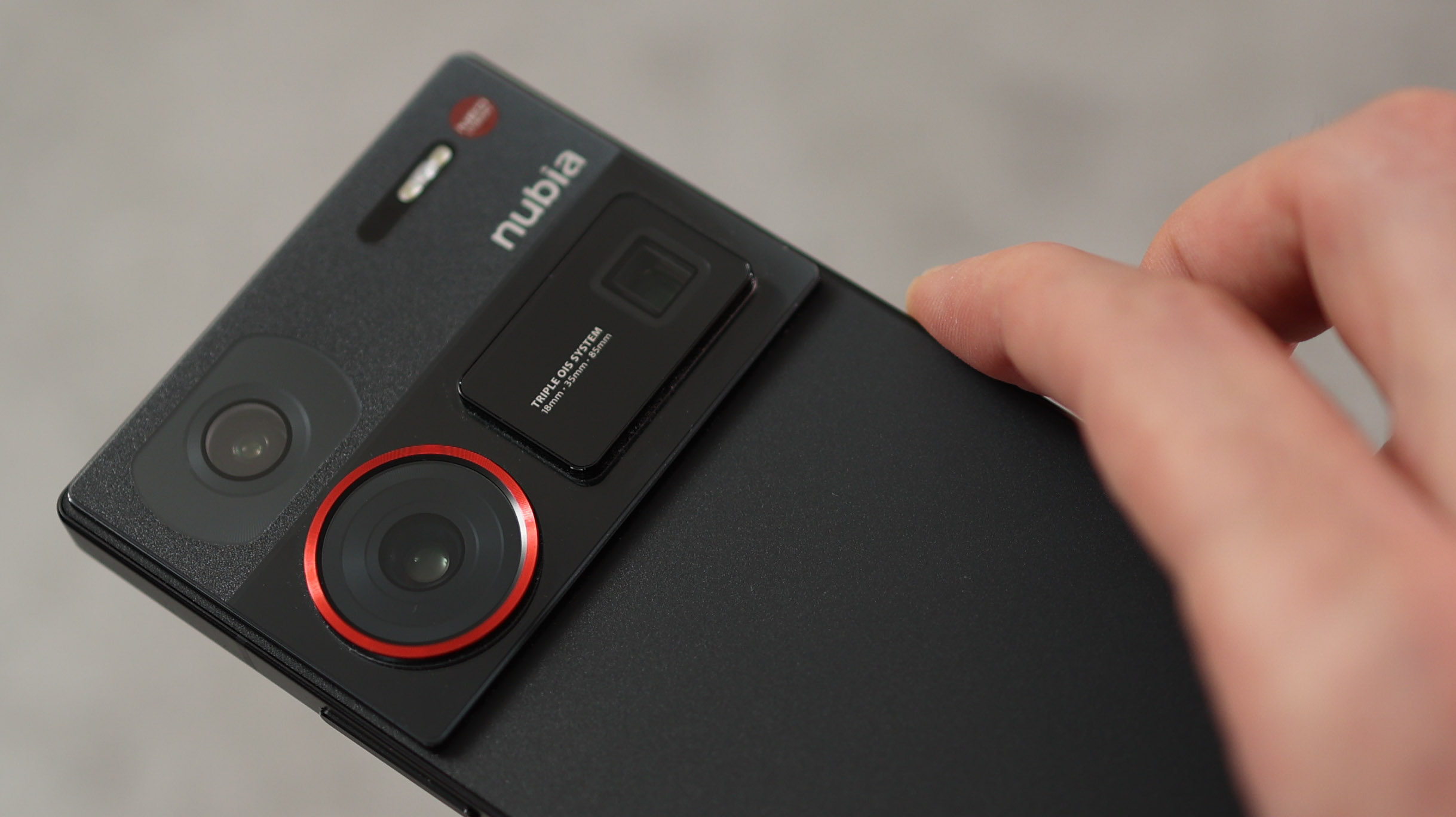
The Nubia Z60 Ultra challenges one hard and fast tradition of smartphone photography, specifically, focal lengths. While iPhones, Galaxys and Pixels have built camera systems around a roughly 24mm primary camera for years, the Z60 punches in, building its camera around a 35mm lens. After some time with Nubia's flagship, I don't only think it's a big deal for this phone, it could also be an indication that mobile photography is about to head in a 35mm direction.
Before we cover the Z60 Ultra, let's look at why phone cameras are so wide. After all, when you speak with a photographer, their go-to lens will unlikely be more expansive than 28mm. 24mm and wider starts to creep into the ultra-wide territory, introducing distortion and a potentially subjectless viewpoint. If I had to guess the reasons for the 24mm primary camera, there would be two: size, and utility.

A history of smartphone camera focal lengths
So what's size got to do with focal lengths? For a camera to have optical reach with minimal distortion, it helps if the lens is far away from the sensor, and this requires depth, something that's in short supply on skinny smartphones.
At the dawn of smartphone photography, zooming probably seemed like a distant dream, which is why ultra-wide cameras with roughly 13mm focal lengths were popularised before telephoto cameras. After all, ultra-wide cameras don't need a huge amount of depth.
There's another size-related reason smartphone cameras are so wide: sensor size. To grab as much light as possible, smartphone sensors have been getting bigger and bigger, clocking in at 1-inch in the Xiaomi 14 Ultra. The bigger the sensor, the greater the depth required to achieve a far-reaching zoom.
For all these size-related reasons, without a very thick phone, it would be impossible to fit a far-reaching primary camera with a competitively large sensor.

Now onto utility. Before dual, triple, and quad camera phones were a thing, smartphones had to make do with one humble camera that catered to photos of friends and family, document scans, landscapes, and other everyday photography needs. With that in mind, a versatile 24mm focal length makes a lot of sense. It isn't the best at very much, but it's good enough for most things.
Fast forward to 2024, and with quality ultra-wide cameras and optical zooms of up to 10x on phones like the Galaxy S24, the 24mm main camera concept feels a bit dated. It isn't just me suggesting this; Apple, OnePlus, OPPO and Xiaomi all offer software cropping in their camera settings, so your default camera fires up at 35mm even though the optical focal length is significantly wider. Nubia, however, is the first phone maker I've come across to take that 35mm photographer-favourite reach and make it the primary camera's optical focal length.
Nubia Z60 Ultra camera system

The Nubia Z60 Ultra is a triple camera phone with three full-frame equivalent optical focal lengths: 18mm, 35mm and 85mm. All three cameras are at least 50MP, and all three feature OIS, something I've not come across on an ultra-wide before, though at 18mm, the Z60 Ultra's widest camera isn't particularly ultra-wide.
18mm (wide): 50MP resolution, 1/1.55-inch sensor; f/1.8, 18mm, (100˚) lens with OIS.
35mm (primary): 50MP resolution, 1/1.49-inch sensor; f/1.6, 35mm lens with OIS.
85mm (telephoto): 64MP resolution, 1/2-inch sensor; f/3.3, 85mm lens with OIS.
So while an iPhone 15 Pro's camera mix extends from a 13mm ultra-wide, to a 23mm wide, and caps out at a 77mm tele, the Nubia Z60 Ultra's framing is consistently tighter.
Is the Nubia Z60 Ultra's camera any good?
In a word, yes; the Nubia Z60 Ultra camera is good. This phone isn't cheap, but it still undercuts flagships like the Samsung Galaxy S24 Ultra, Pixel 8 Pro, and even lower-cost choices like the OnePlus 12. With that in mind, Nubia's unconventional camera system really shines.
Starting with the main camera, whilst it doesn't have the biggest sensor on the block, thanks to the extra reach versus 24mm alternatives, it gets a fantastic amount of depth behind nearby subjects. Nubia's processing feels like it was made for photographers more so than smartphone users, and is reminiscent of Leica and Xiaomi's joint efforts.
Out of the gate, we noticed that Nubia applies less aggressive HDR effects than phones like the Asus Zenfone 11 Ultra and Nothing Phone (2a), two recent phones I tested that failed to wow me with their cameras. That means shadow details can be darker, better reflecting real life. This isn't always good – more subdued shadows also means less information can be salvaged in an edit, but in this age of AI photography, I really appreciated the Z60 Ultra's more classical processing.

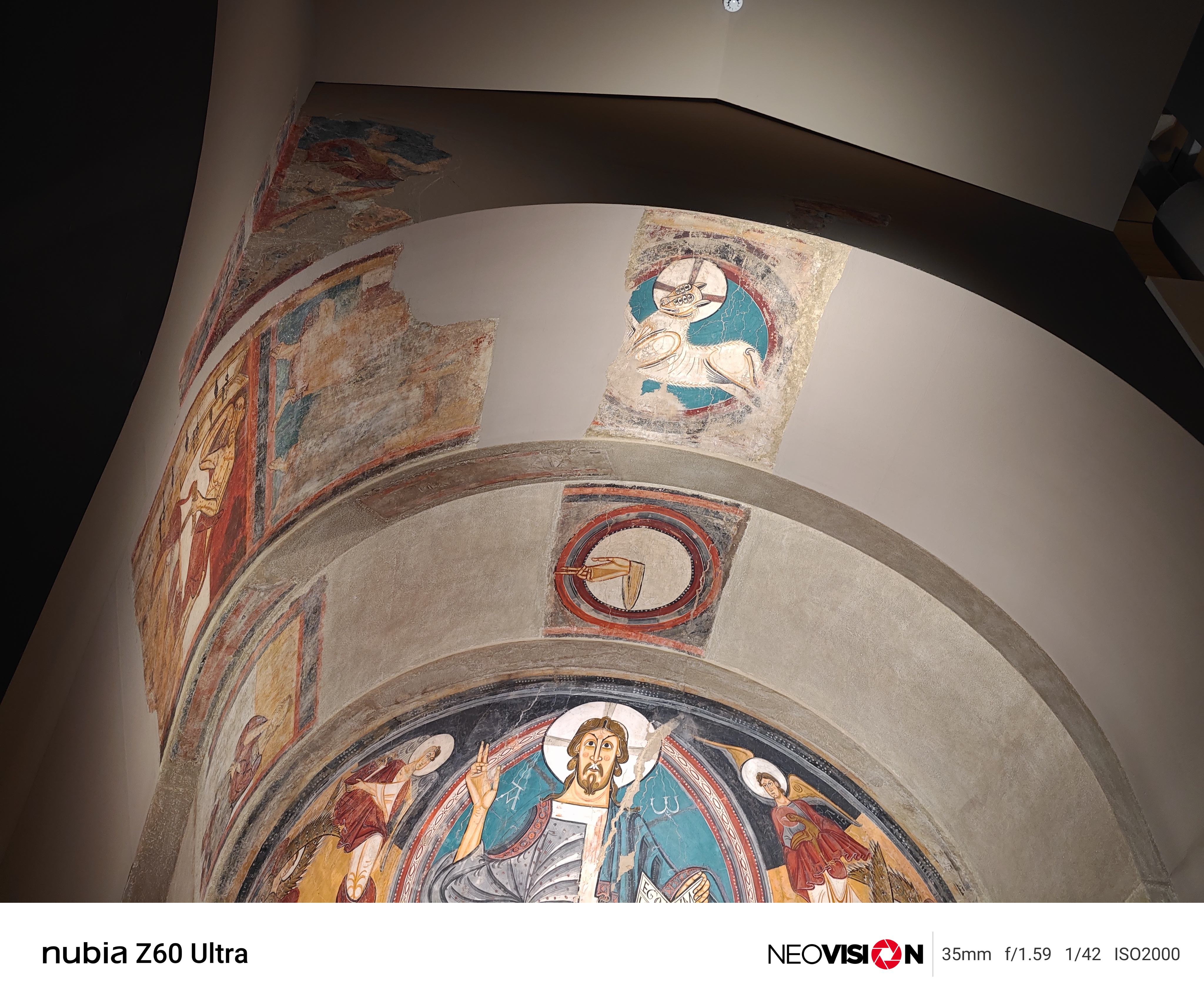
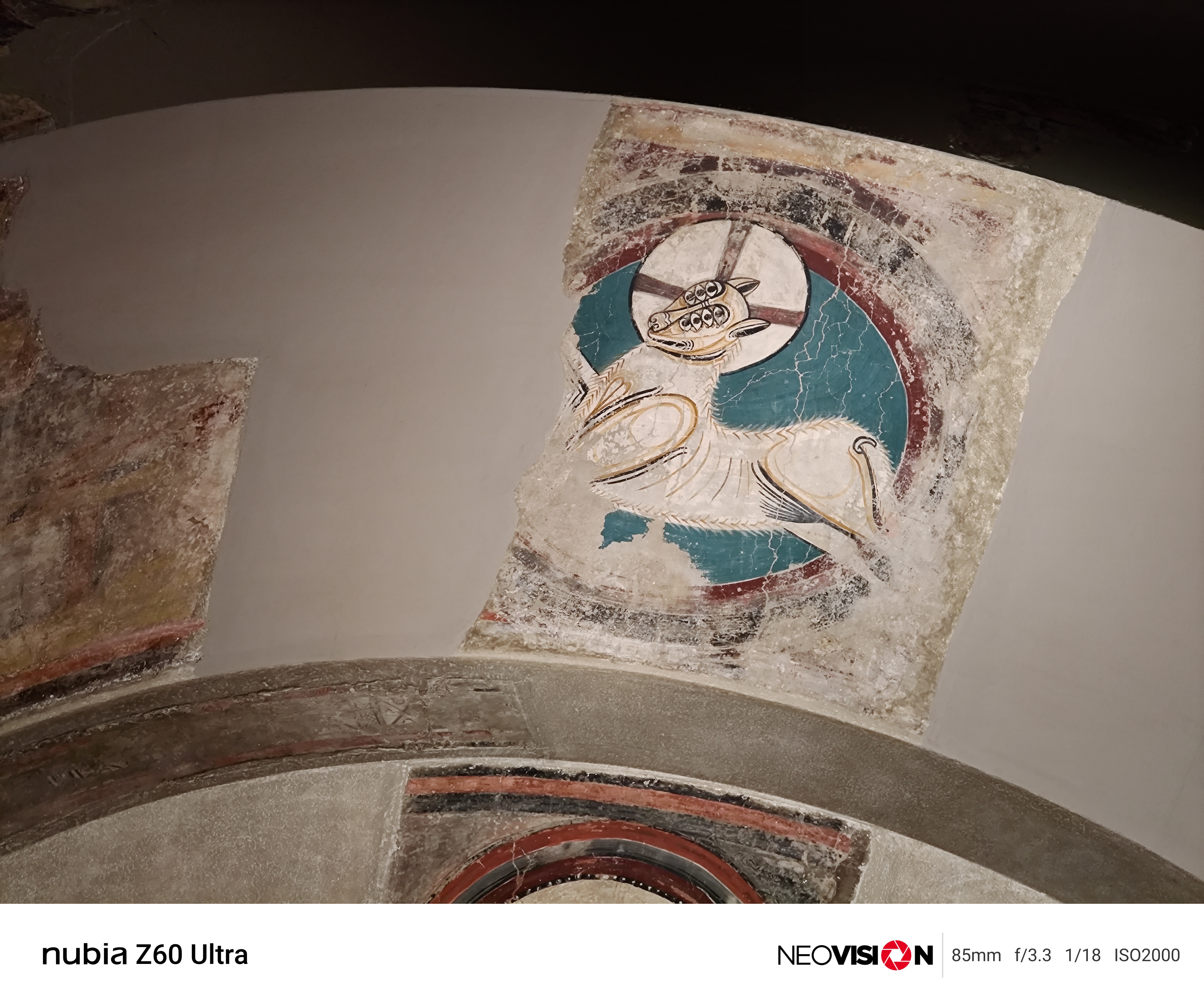


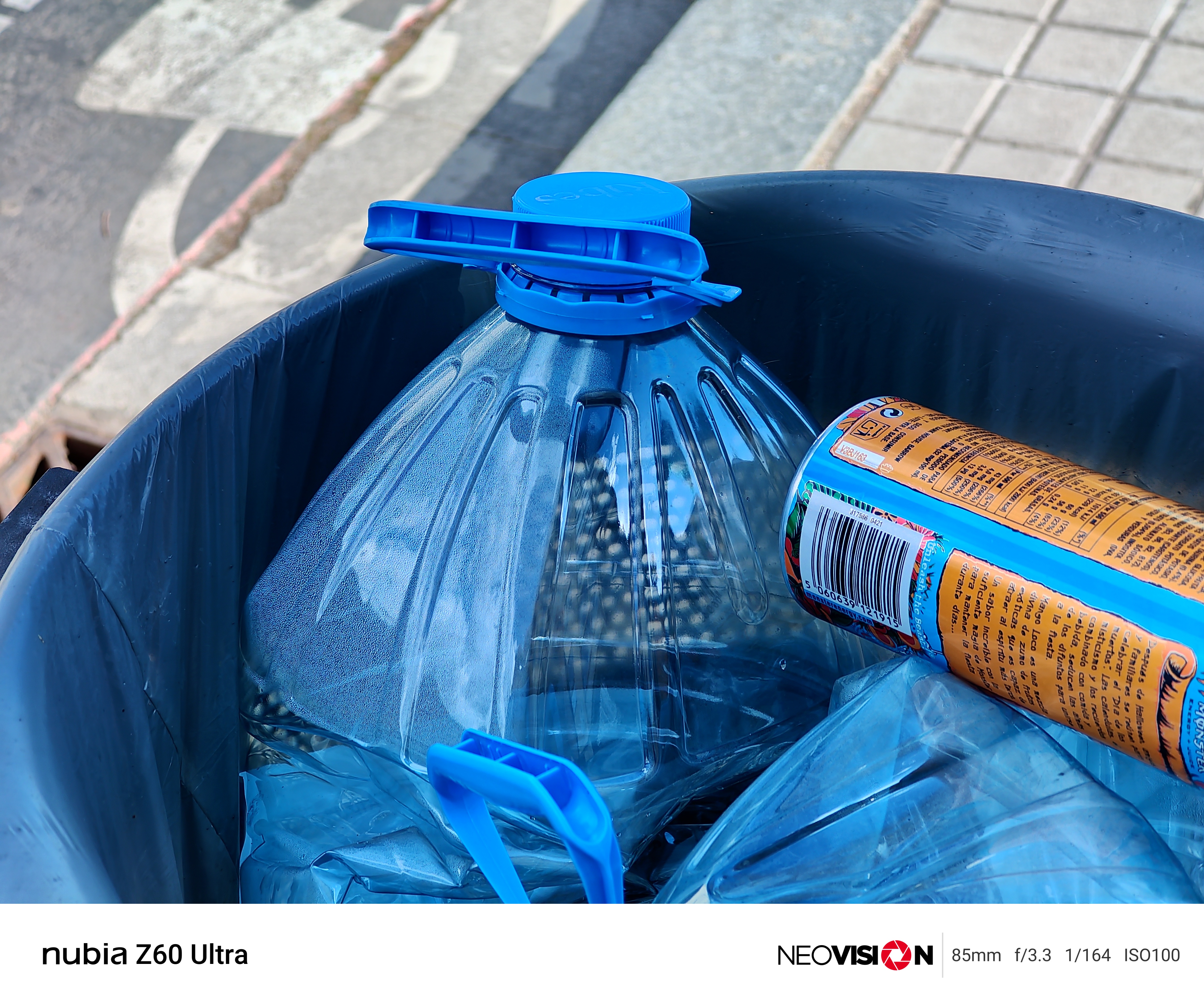
This lack of processing extends to AI too. The Honor Magic 6 Pro and Vivo X100 Pro both took shots into uncanny valley territory with their AI zoom, especially beyond 20x, redrawing objects and making them too smoothed out and noise-free. This was particularly eerie when photographing faraway faces. By contrast, the Z60 Ultra lets these shots pixelate and degrade, which the purist in me was, honestly, grateful for. Nevertheless, the zoom is one area the Z60 Ultra falls behind the best camera phones out there, especially the Oppo Find X7 Ultra.
From a practical point of view, shooting with the 35mm main camera produced more dynamic, engaging photos than I usually get from smartphones. It also saved me pinching into a frame or cropping into a picture quite so much. And whenever I needed to widen my view for group shots or landscapes, the 18mm wide camera did a fantastic job.
The 18mm and 35mm cameras both focus nice and close, so the Z60 Ultra can take macro-esque shots from a few viewpoints, making it really versatile. In almost a month with the phone, I didn't miss the lack of an ultra-wide field of view, and actually found myself leaning on the quality 18mm camera a lot more than I typically lean on a 13mm widest angle camera.
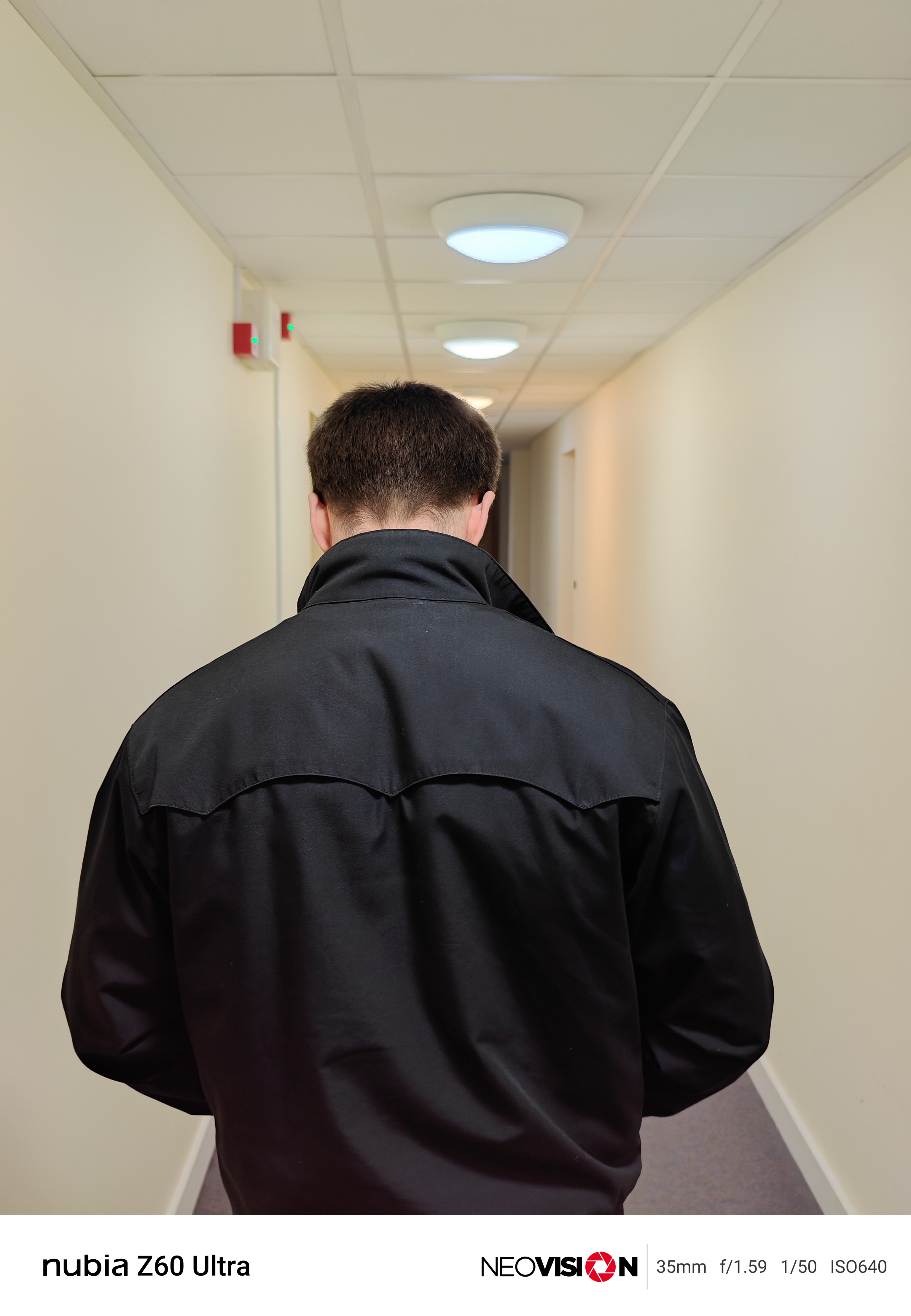

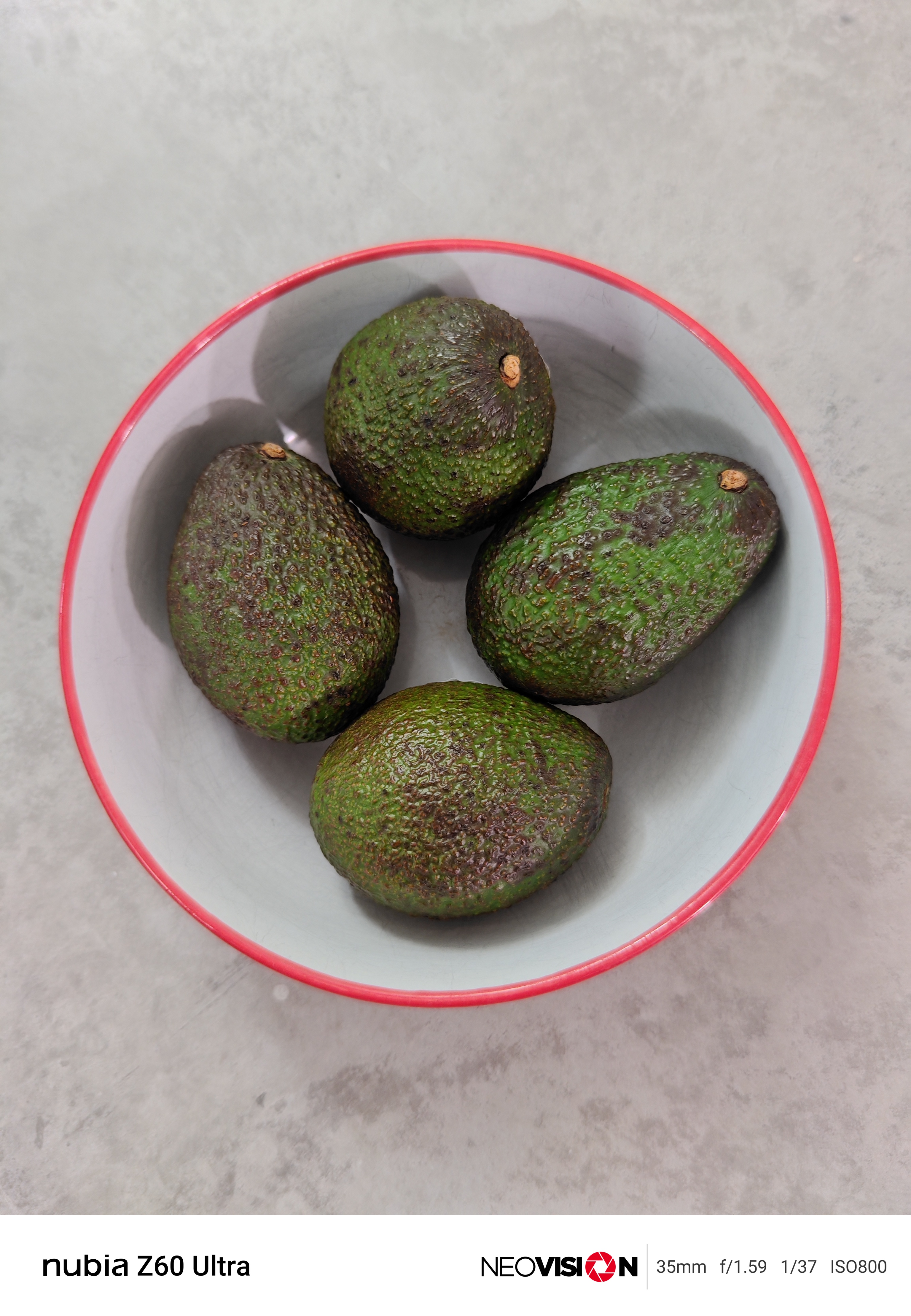
The weakest camera around the back of the Z60 Ultra for me was the 85mm telephoto. Just like the iPhone 15 Pro Max, it doesn't focus particularly close to a subject – around a meter away – and it also struggles the most in low light environments. In bright scenes you can get a great portrait from it, but it has a steeper learning curve than the very reliable 18mm and 35mm cameras.
It's also worth mentioning that photographer-calibre imaging doesn't extend to the front camera. Its photos are mediocre at best, but that's to be expected given the fact Nubia uses an under-display selfie camera which is invisible until it activates. Creating a fantastic all-screen display with no notches or punch holes, the Z60 Ultra is a perfect phone for watching on, looking at photos and photo editing.

Nubia only promises three years of Android security updates, so if we had one main trepidation about picking a Z60 Ultra up, it would be future-proofing for anyone who wants to hang onto it for years to come. The software also misses out on the refinements we've come to expect from Apple, Google and Samsung, with occasional translation faux pas.
Crammed with value, despite imperfections, it's hard to argue with the latest-generation Qualcomm Snapdragon 8 Gen 3 power inside, and up to 512GB storage and 16GB RAM, a giant 6000mAh battery that comfortably lasts a full day, plus IP68 water and dust resistance.
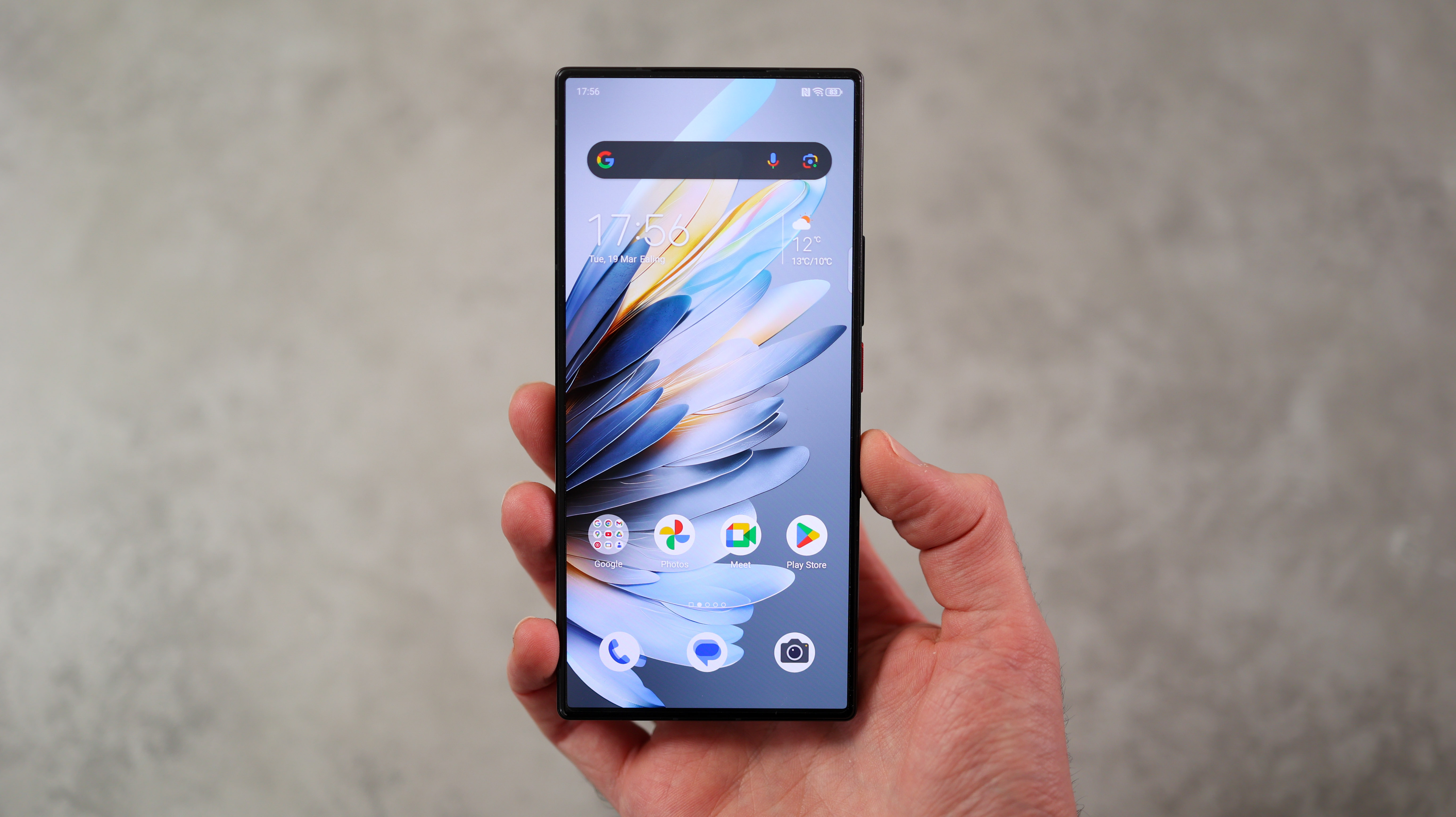
A 35mm smartphone future?
Whether Apple, Google or Samsung will follow Nubia's lead and tighten up their optical focal lengths remains to be seen.
From a hardware point of view, the Z60 Ultra proves the tech is in place to make it a reality, so I'm optimistic other brands will start to break the shackles that produced the default 24mm focal length main camera. Honor has already dipped its toe in the waters with its 27mm solution, and it's a joy to use.
After using Nubia's flagship, I also think many photographers I know would appreciate native 18mm and 35mm cameras more than the institutionalised 13mm and 24mm alternatives, even if the Z60 specifically has some way to go if it wants to compete on zoom quality.
So, while this charming 35mm phone probably isn't the very best smartphone camera in every respect, it might well have the best focal length mix of the bunch, especially at the wider end. Better still, it's available in the UK, Europe, and Nubia even ships in the US, with the phone starting at $779 / £749.







